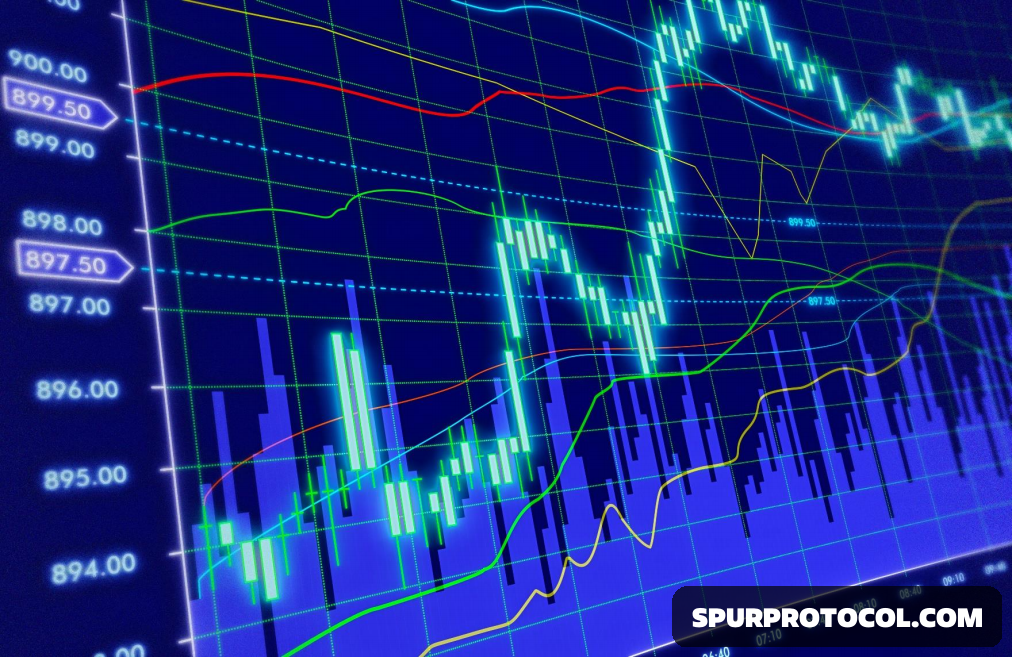Types of Markets – Dealers, Brokers, and Exchanges
For the buying and selling of assets, there are several different types of markets that facilitate trade. Each market operates under different trading mechanisms.The three main types of markets are:
1. Dealers (also known as the over-the-counter market)
2. Brokers
3. Exchanges
Dealer Markets
A dealer market operates with a dealer who acts as a counterparty for both buyers and sellers. The dealer sets bid and asks prices for the security in question, and will trade with any investor willing to accept those prices. Securities sold by dealers are sometimes referred to as being traded over-the-counter (OTC).
By acting as a counterparty for both buyers and sellers, the dealer provides liquidity in the market at the cost of a small premium that exists in the form of bid and ask spreads. In other words, dealers set bid prices slightly lower than the going market price and ask prices slightly higher than the market. The spread between these prices is the profit the dealer makes in return for assuming the counterparty risk.
Dealer markets are less common in stocks, more common in bonds and currency markets. Dealer markets are also appropriate for futures and options, or other standardized contracts and financial derivatives. Finally, the forex, or foreign exchange market is commonly operated through dealers, with banks and currency exchanges acting as the intermediary connecting dealers with buyers and sellers.
Of the three types of markets, the dealer market is usually the most liquid, because of the fact that the dealer’s existence means that there will always be an available counterparty to traders wanting to buy or sell.
Broker Markets
A broker market operates by finding a counterparty for both buyers and sellers. When dealers act as the counterparty, the delay with brokers finding an appropriate counterparty results in less liquidity for brokered markets as compared to dealer markets.
Traditionally, stock markets were brokered. Stockbrokers would try to find an appropriate counterparty for their client on the trading floor of a stock exchange. This is the stereotypical image that Wall Street used to be known for, with men and women in suits yelling at each other while holding pieces of paper representing their clients orders that they are seeking to fill.
Broker markets are used for all manner of securities, especially those with initial issues. A stock initial public offering (IPO), for example, will usually be launched through an investment bank which brokers the issue trying to find buyers. There is a similar procedure for new bond issues. Finally, brokered markets are also appropriate for tailored or custom financial products.
Exchanges
Of the three types of markets, the exchange is the most highly automated. However, if no buyers and sellers are able to meet in terms of price, then no trades are executed. Because of the huge number of potential buyers and sellers trading through exchanges, such a situation is extremely unlikely and commonly only occurs in times of economic crisis. In practice, the large numbers of buyers and sellers makes a stock exchange virtually just as liquid as a dealer market.
Although stockbrokers do still input orders for clients, the stock market is no longer truly a brokered market, having transitioned to operating as an automated exchange. Trades are executed based on order books that match buyers with sellers.
The advantage of an exchange is the provision of a central location for buyers and sellers to find counterparties. Exchanges are used for all manner of securities, but are most appropriate for standardized securities such as stocks, bonds, futures contracts, and options. Exchanges typically specify the characteristics for securities that are traded on the exchange.
Exchange-Specified Characteristics
• Contract or Lot Size
• Contract Execution/Trading Months• Tick Size
• Delivery Terms
• Quality
Delivery terms and quality are not commonly specified in stock exchange trading or bond trading. In a stock exchange transaction, all that is stated is the contract and tick size, as well as the execution, which is typically immediate.
Contract sizes for securities or financial instruments are typically set to a minimum amount. For example, a stock might only be available for purchase in lots of 100 on a certain exchange. Tick size is commonly the lowest denomination of a currency. On US stock exchanges, the lowest tick price is one cent. A minimum 100-lot contract size under such conditions might then have a minimum tick value of $1 ($0.01 x 100 shares per lot).
Delivery terms and quality are more appropriately used in reference to commodity trading and to derivatives involving commodity-like assets. Gold and diamonds, for example, have qualities and ratings. Additionally, there must be provisions for potential delivery of the physical asset to the buyer or contract holder. Such characteristics are specified by the exchange an asset or financial instrument is traded on.

